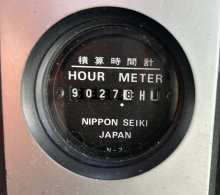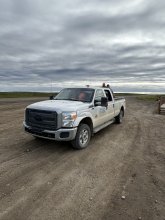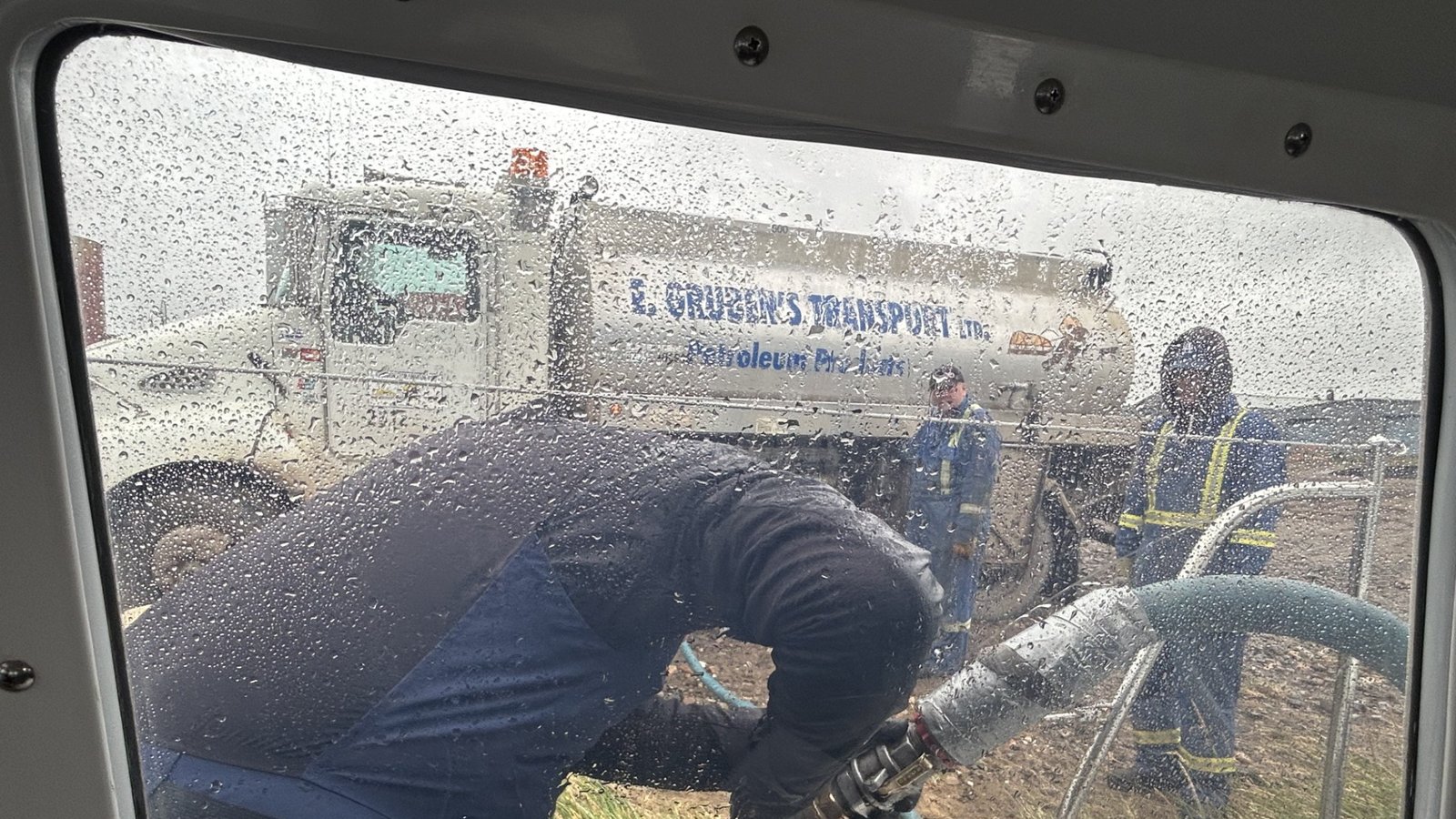Tuktoyaktuk, August 2025

This is what we’ve been planning for: motoring, waiting, weather, and the occasional “are we there yet?” August has been a full month—plenty of excitement, things to see and waiting for ice, plenty to keep us humble. While our other blogs are full of stories, people, and big-picture adventures, here’s the engineering details.
I’m happy to report that One Ocean is behaving beautifully. Everything’s running, nothing’s (really) broken, and morale is directly proportional to cookies consumed. We’ve been motoring quite a bit—very typical in the Arctic. Already we’ve seen multiple days over 20 knots, compared to the one-or-two from the previous expedition. In fact, as I write this, we’re eyeing a low-pressure system that’s about to roll over us with 30+ knots of wind. Should be fun. (Fun = the nautical word for “hang on to your hat.”)
Yanmar

The engine is purring along and still in its prime. In Tuktoyaktuk, I did an oil change after 275 hours on the clock—oil still looked okay but, and hadn’t turned black as coal. Since I don’t have a lab handy, I swapped it out to keep my stress levels low and follow the manufactures recommendations. Thanks to a permanently installed oil-change pump (bless you, previous owner), it was quick, clean, and painless.
This industrial Yanmar has now ticked over 9,000 hours, which in boat years is basically middle-aged. With proper maintenance, it should have another 9,000 in it—so fingers crossed.
I did have a mystery smell in the engine room—burning coolant. Nothing obvious on the engine, but the coolant bottle kept dropping ever so slightly. After much sleuthing, I finally spotted the tiniest drip near the turbo. The clue? That telltale white fuzz. Diagnosis: loose hose clamp. Treatment: half a turn of the screwdriver. Problem solved. Sometimes, engineering really is that simple and fun!
Generator
Our generator is officially working properly—the fuel leaks are fixed, and it’s been a reliable workhorse. Normally it doesn’t see much action, but up here where nights have be hitting 30°F, it’s keeping the furnace, the water maker, and our laptops alive. Between heat, water, and typing fingers, we’re averaging about four hours of generator time a day. Not bad at ~0.5 gallons an hour—two gallons a day to keep the ship humming.
Diesel Fuel

We topped up in Tuktoyaktuk and confirmed our burn rate: 1.1 gallons per hour at 1550 RPM. The fuel truck rendezvous was classic Arctic style—we got a photo with an “X marks the spot” and instructions to meet just after the driver’s lunch break.
Cold drizzle, muddy dock, and one hour later we had 823 liters (217 gallons) spread across three tanks. Between anchor up, fueling, and anchor down again, the whole process consumed at least half a day. Silver lining: hot oil meant I could knock out that oil change right after. Efficiency bonus still pending.
Propane (a.k.a. Cookie Survival Fuel)

This one almost hurt. We pulled into Tuk and discovered… no propane. Cue panic. We were already through tank #1 and staring at a grim future without brownies, birthday cakes, or Tess’s oatmeal raisin cookies. The crew nearly mutinied at the thought.
Solution: a 154 km road trip to Inuvik. We scored a rental F-350 (complete with construction light and annoying backup beeper), made the 2.5-hour dirt-road run, dropped off our tank at a plumbing shop, had lunch, swam at the rec center, grocery shopped, and came back to collect our freshly filled tank from the propane farm next door.
Damage: $51 for a 20 lb fill—cheaper than Nome, oddly enough. Lesson: if you’re coming this way, bring all the propane you’ll need. (Or risk a cookie crisis. Not worth it.) I met one cruising boat who switched to electric to avoid this problem, but we really enjoy cooking on gas.
Things Working Well
Special shoutout this time to the Hurricane hydronic heating system. With three zones—forward cabin, main cabin, and aft cabin/head—it’s keeping the boat toasty. The cored construction design and extra insulation in the overhead (thanks, Skagit Valley College rebuild crew!) is paying off big time. Cozy boat = happy crew.
What’s Next
We’ll keep pushing east through the Northwest Passage with a resupply stop at Cambridge Bay. Full tanks there should get us the ~900 nm to Pond Inlet without refueling. And with luck, we’ll get to trade some diesel miles for sailing miles.
Until then: engines running, heaters humming, cookies baking. Life is good.
Cheers,
Mike

